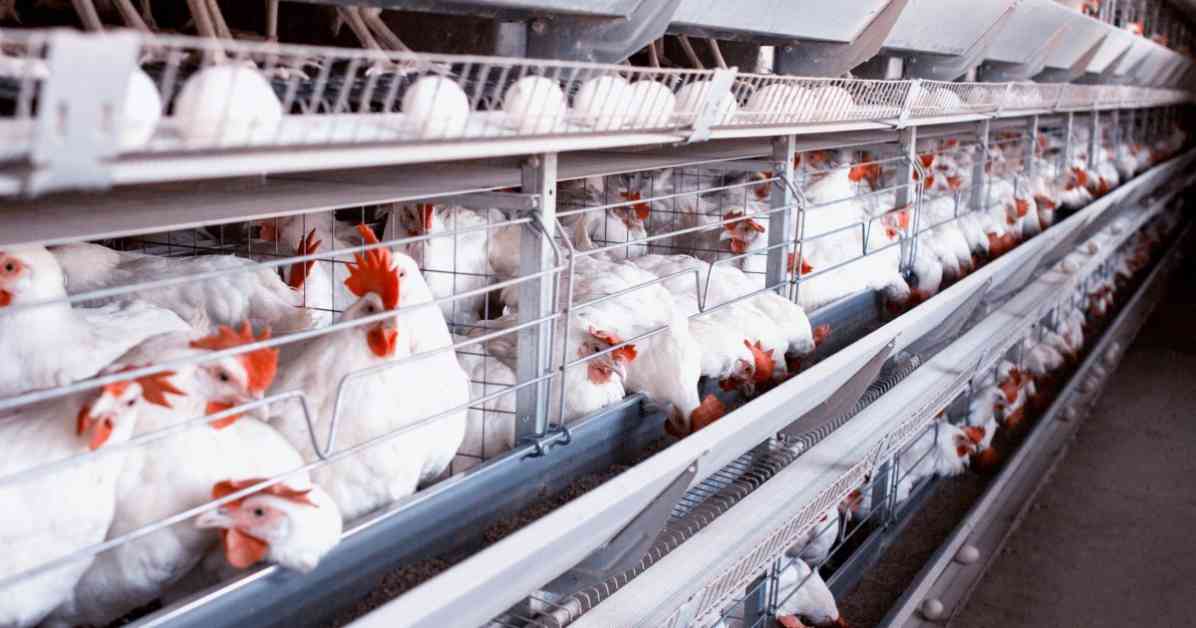Amidst concerns surrounding the potential for a bird flu pandemic in the United States, recent developments have highlighted the growing threat posed by the H5N1 virus. With thirteen reported cases of individuals contracting the bird flu, including nine workers at poultry farms near dairy operations in Colorado, experts are sounding the alarm about the possibility of a widespread outbreak originating from within the country’s own farms.
The spread of the virus has been particularly concerning as it has crossed over from dairy cows to poultry and even infected US farmers in recent weeks. Since the initial bird flu outbreak six months ago, the number of cases in livestock has continued to rise. According to the US Department of Agriculture, H5N1 infections have been detected in 192 cattle herds across 13 states, underscoring the urgency of the situation.
Despite the increasing prevalence of the virus in livestock, there remains uncertainty about the extent to which it has been transmitted to humans and other animals. Dr. Maria Van Kerkhove, the World Health Organization’s acting director of pandemic preparedness and prevention, emphasized the need to fully understand the circulation of H5N1 in dairy cattle in the US. She highlighted the importance of not underestimating the potential risks posed by the virus and urged vigilance in monitoring and addressing the situation.
The emergence of the bird flu in beef for the first time in the US has raised further concerns about the potential for a widespread outbreak. With experts still grappling with the unknowns surrounding the transmission of the virus and the scope of its impact, the need for proactive measures to prevent a pandemic is more pressing than ever.
The current situation with H5N1 comes at a time when health officials worldwide are on high alert regarding the spread of the clade 1 monkeypox variant. Recent incidents, such as Argentina quarantining a cargo ship due to a suspected case in a crew member, highlight the interconnected nature of global health risks and the importance of coordinated efforts to address emerging threats.
While the prospect of a bird flu pandemic looms large, there are potential strategies to mitigate the spread of the virus. Despite concerns about the ease of transmission, the virus has not shown rapid respiratory spread in cattle and has primarily been transmitted through infected milk and objects. Dr. Juergen Richt, a veterinarian and virologist at Kansas State University, emphasized the importance of focusing on mechanical and anthropogenic transmission to control or eradicate the disease.
In light of the current challenges posed by the bird flu, some experts suggest that vaccination for farm employees may not be necessary at this time. Instead, there is growing support for developing a vaccine for animals as a key strategy to combat the spread of H5N1. By prioritizing preventive measures and targeted interventions, there is hope that the risks associated with the virus can be effectively managed and contained.
As the situation with the bird flu continues to evolve, it is essential for stakeholders to remain vigilant and proactive in addressing the threat posed by H5N1. By staying informed, implementing appropriate measures, and fostering collaboration across sectors, there is a greater likelihood of preventing a potential pandemic and safeguarding public health.
For more information on this developing story and other news updates, stay tuned to our news page for the latest updates and insights.












